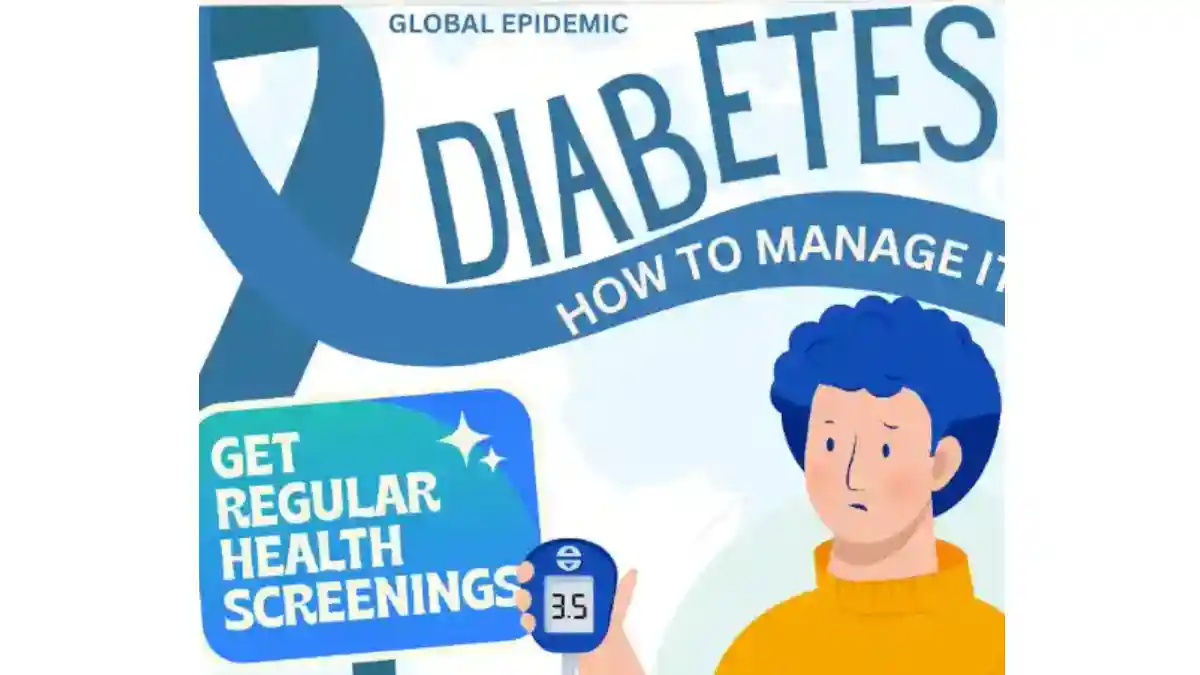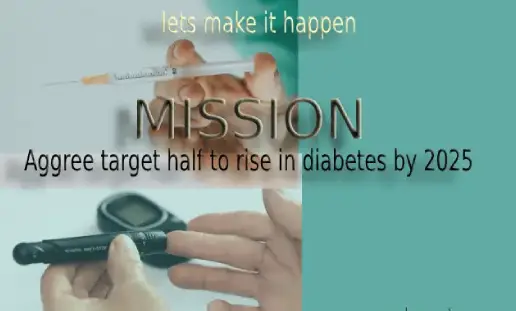An International mission to curb diabetes through awareness , prevention & treatment by 2030
It is a global epidemic affecting millions, with rising cases of Type 1 and Type 2 diabetes. Early intervention is key. Emerging cell therapy offers new hope by regenerating insulin-producing cells, potentially transforming treatment and management.
To manage Diabetes Mellitus, focus on controlling blood sugar through a healthy diet, exercise, medication, and insulin. For Diabetes Insipidus, hormone therapy (desmopressin) and proper hydration are key. Addressing the root cause with timely treatment and lifestyle changes helps curb both conditions.
Table of Contents
Diabetes Mellitus Definition
It is a metabolic disorder where the body can’t produce or use insulin properly, leading to high blood sugar levels. The term “mellitus” is derived from a Latin word meaning “sweet like honey,” indicating the presence of excess sugar in the urine, a common symptom of this disease.
This is a metabolic disorder caused by insulin deficiency or resistance, leading to high blood sugar levels. Symptoms include frequent urination, excessive thirst, fatigue, and blurred vision. It requires lifestyle changes, medication, and insulin therapy for effective management.
Diabetes insipidus definition
This is a disorder characterized by excessive thirst and urination due to a deficiency of antidiuretic hormone (ADH) or kidney resistance to it. Its is a disorder characterized by excessive thirst and urination due to a deficiency of antidiuretic hormone (ADH) or kidney resistance to it.
This is a rare condition caused by antidiuretic hormone (ADH) deficiency or kidney resistance to ADH. It leads to excessive thirst and frequent urination, but blood sugar levels remain normal. Treatment involves hormone therapy (desmopressin) and proper fluid management to control symptoms.
Diabetes level normal
Hyperglycemia s is identified by high blood sugar levels. Common tests include the Fasting Blood Sugar (FBS) test, where levels above 126 mg/dL indicate hyperglycemia, and the HbA1c test, which shows average glucose levels over 3 months (6.5% or higher signals diabetic condition). The Oral Glucose Tolerance Test (OGTT) also diagnoses sugar disease if levels exceed 200 mg/dL. Regular testing helps in early detection and management.
Difference Between Mellitus and Insipidus
| Feature | Mellitus | Insipidus |
|---|---|---|
| Cause | Insulin deficiency or resistance | ADH deficiency or kidney resistance |
| Symptom Focus | High blood sugar | Excessive urination and thirst |
| Main Complications | Heart disease, nerve damage | Dehydration, electrolyte imbalance |
| Treatment | Insulin therapy, medication, diet | Hormone therapy, fluid intake management |
Diabetes Mellitus meaning in Urdu
ذیابیطس میلیٹس ایک دائمی میٹابولک بیماری ہے جس میں جسم انسولین پیدا کرنے یا استعمال کرنے میں ناکام رہتا ہے، جس سے خون میں شکر کی سطح بڑھ جاتی ہے۔
The Global Impact of Insulin related disordr
Millions of people worldwide suffer and die from Type 1 (T1D) and Type 2 (T2D) due to a lack of awareness and education. Early intervention, prevention, and proper management are essential to reducing this global burden. Together, we can raise awareness and save lives.
Historical Background of Glycemic Disorder
The history of hyperglycemia dates back to ancient civilizations. Ancient Egyptian, Greek, and Roman texts document early references to this disease. In the 1st century CE, Greek physician Aretaeus of Cappadocia described diabetes as “the melting down of flesh and limbs into urine,” highlighting the severe weight loss and excessive urination experienced by sufferers.
Types of Sugar Diseases
- T1D – An autoimmune condition where the body attacks insulin-producing cells in the pancreas.
- T2D – A metabolic disorder characterized by insulin resistance.
- Gestational Diabetes – Develops during pregnancy and increases the risk of T2D later in life.
- Maturity Onset Diabetes of the Young (MODY) – A rare, hereditary form of glycemic disorder
- ADA (American Diabetes Association) Classification – A guideline for diagnosing and managing hyperglycemic condition.
Prevention and Management Strategies
While this chronic disease has no cure, adopting healthy lifestyle practices can help manage the condition:
- Balanced Diet: Focus on low-calorie, nutrient-rich foods, and high-fiber antioxidants.
- Regular Exercise: Aim for at least 6.34 km of walking daily.
- Medication: Follow prescribed antidiabetic medications and insulin therapy when necessary.
The Power of Knowledge Sharing
Educating individuals about proper sugar management can significantly improve health outcomes. Writing, sharing research, and disseminating scientific information empower individuals to take proactive steps toward healthier living.
Creating Awareness and Advocacy
By leveraging online platforms, bulletins, and community engagement, we can highlight the severity of glycemic disorder and encourage collective action. Advocacy campaigns can inspire lifestyle changes, support early diagnosis, and promote better management strategies.
Conclusion
Blood sugar disease is a silent yet deadly disease that affects millions globally. Through education, prevention, and management, we can reduce its devastating impact. Let’s unite to raise awareness and create a healthier future for all.


